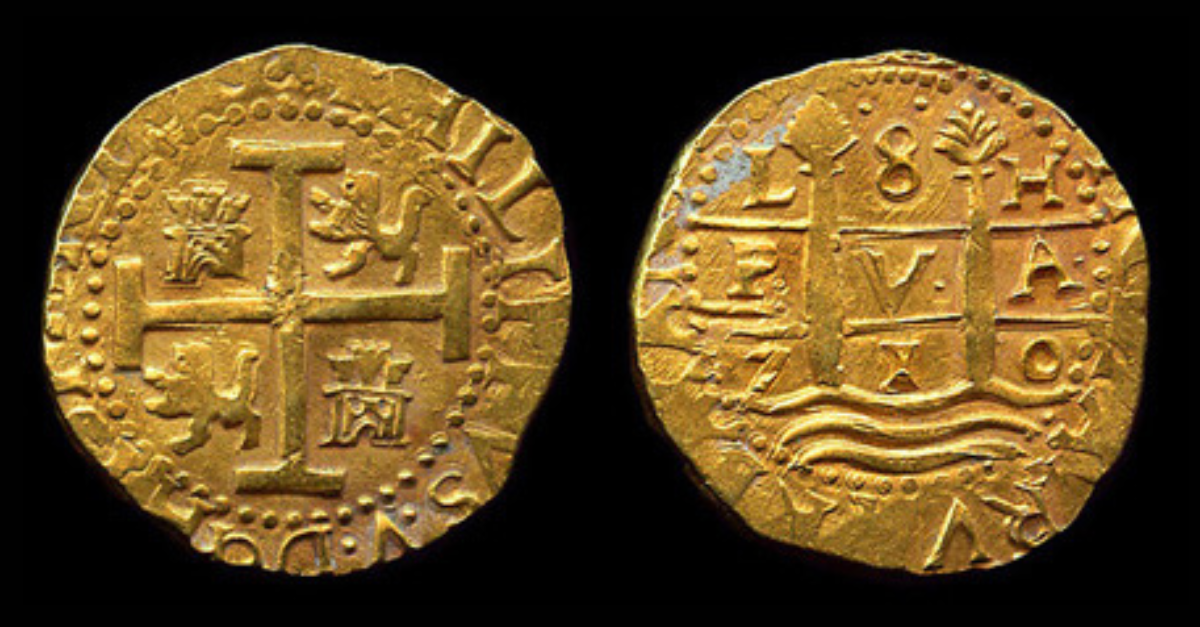Death Road, Bolivia
Are you looking for a daring adventure this summer? This is the destination for you.
North Yungas Road—also known as “Death Road”—is a tourist hot spot like no other. Even the most audacious adrenaline junkies from around the world are warned about this treacherous trail, and yet it continues to be one of the most exhilarating activities in Bolivia.
With nearly 300 drivers losing their lives each year, its nickname is rather fitting. But what exactly about this road makes it one of the most dangerous roads in the world? And what is so appealing about it?

North Yungas Road
North Yungas Road, also called Carretera de los Yungas, is known as “Death road” for many reasons.
For starters, it’s a 43 mile (69 km) zigzag dirt path that is extremely dangerous due to landslides, fog, cascades and cliffs that drop 2,000 feet (610 meters) around every turn.
The road is very narrow, measuring no more than 10 feet (3 meters) wide in most places.

History
In many places the road is lined with crosses that stand as memorials for those who have perished there. Prior to 1994, around 300 drivers each year lost their lives on this road.
Back in the 1930s, the road was created by Paraguayan prisoners during a violent battle with Brazil during the Chaco war.
Surroundings
North Yungas Road connects Bolivia’s capital, La Paz, to the town Coroico.
From La Paz, the road climbs to a height of 15, 260 feet (4, 650 meters) before slightly rising to 3,900 feet (1,190 meters). It stretches far enough to connect the capital city to the Amazon Rainforest.
The road is completely surrounded by mountainous jungle terrain, which can be a stunning sight to see. However, this includes waterfalls that flow directly onto the road, adding to the inevitable danger.
Use of the Road
Many local merchants tried to squeeze big trucks and buses onto the road to drive into the city to sell their goods, however the hairpin turns were not big enough for the sizable vehicles, and many trucks went over the cliffs. It was a risk, and it often ended in disaster.
To be fair, until 2006, it was the only road available for traveling from Cocoico to La Paz. It was only one narrow lane and was used only by those who were willing to take the risk.
Many people didn’t make it to their destination.
Newer Construction
In 2009, the government decided to build a new road by a mountain range that was close by. This new road has two lanes and has since been well maintained. It was intended to direct traffic away from the path of the original road.
The newer road has pavement in some places, drainage systems, and guard rails in place along most of the dangerous stretch. But the original dirt path is still there, and still available for use.
Even still, people continue to lose their lives while traveling this road.
Not Just for Cars
Although the road has been made safer, many people continue to push it to the limits and end up taking it too far. Most of the losses today are from local workers and backpacking tourists who are either too confident, or not confident enough.
North Yungas Road is now a popular place for extreme mountain biking, attracting people from all over the globe who are willing to try and cheat death for the thrill.
It is believed that dozens of cyclists have lost their lives on this road just within the last decade.
Notable Accidents
On July 24, 1983, a bus veered off the road and into a canyon. More than 100 passengers lost their lives in what is said to be “Bolivia’s worst road accident” ever.
In December of 1999, eight Israeli tourists lost their lives in a jeep accident that took a spill over the cliff of a very sharp turn.
These are only two of countless accidents that have happened on Death Road. In most cases, it has been buses that go over the steep cliffs, and in almost all cases all or most people involved lose their lives as a result.
Tourist Attraction
Since the late 1990s, the road has become a popular tourist destination with many tour operators offering information, guides, transport, and equipment to those looking for adventure. More than 25,000 tourists have visited since then.
Even still, it is a “use at your own risk” type of activity.
Since 1998, more than 20 cyclists have perished and countless have been severely injured. In most cases, once you go down the side of a cliff, you don’t come back up.
How to Drive on Death Road
If you decide to take the risk, it is highly suggested you follow these guidelines:
- Always go next to the edge (a rule the locals follow)
- Do not rent a car in Bolivia (they’re old and not safe)
- Do not attempt this road in bad weather
- Bicycles are considered safer than motorized vehicles, but not when used as an extreme sport
The Scenic Route
As long as you stay on the left side of the road, watch your speed, and proceed with caution, traveling along North Yungas Road can be a beautifully scenic drive.
Having the right vehicle, and a good, experienced driver will definitely help, but even with its construction updates, North Yungas Road is still considered highly dangerous and not for the weak.
















